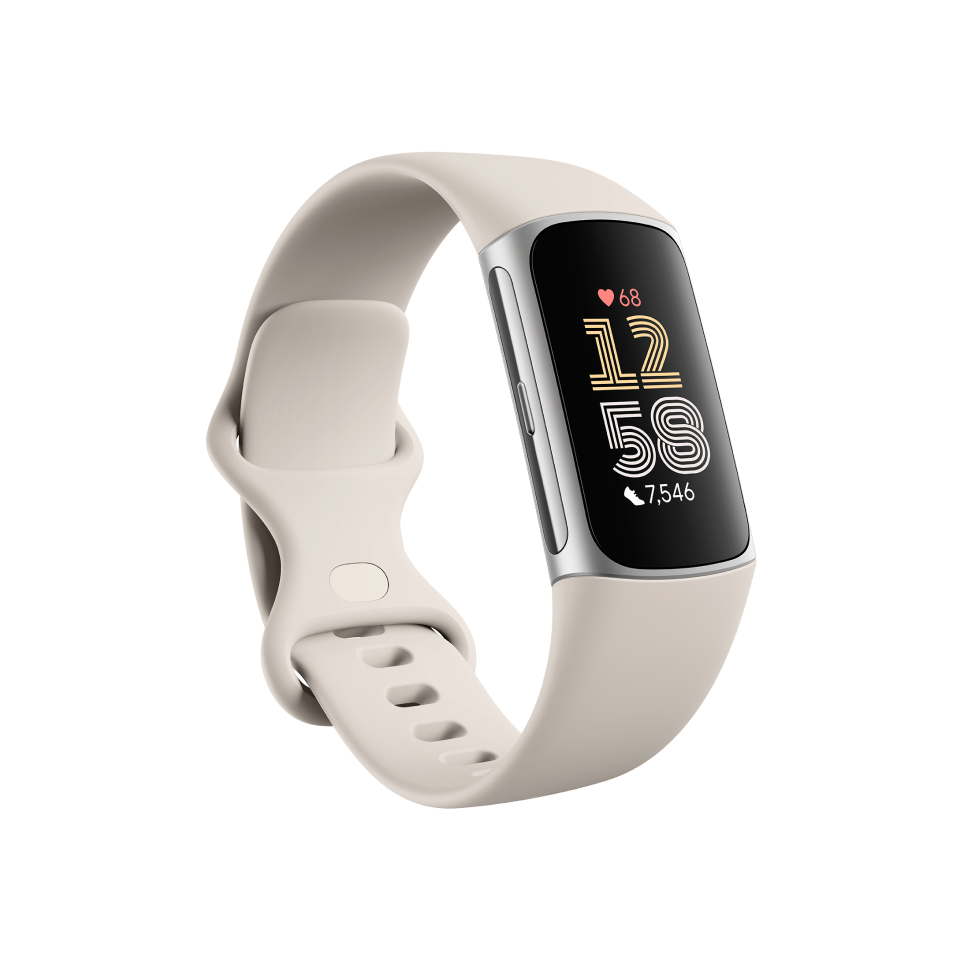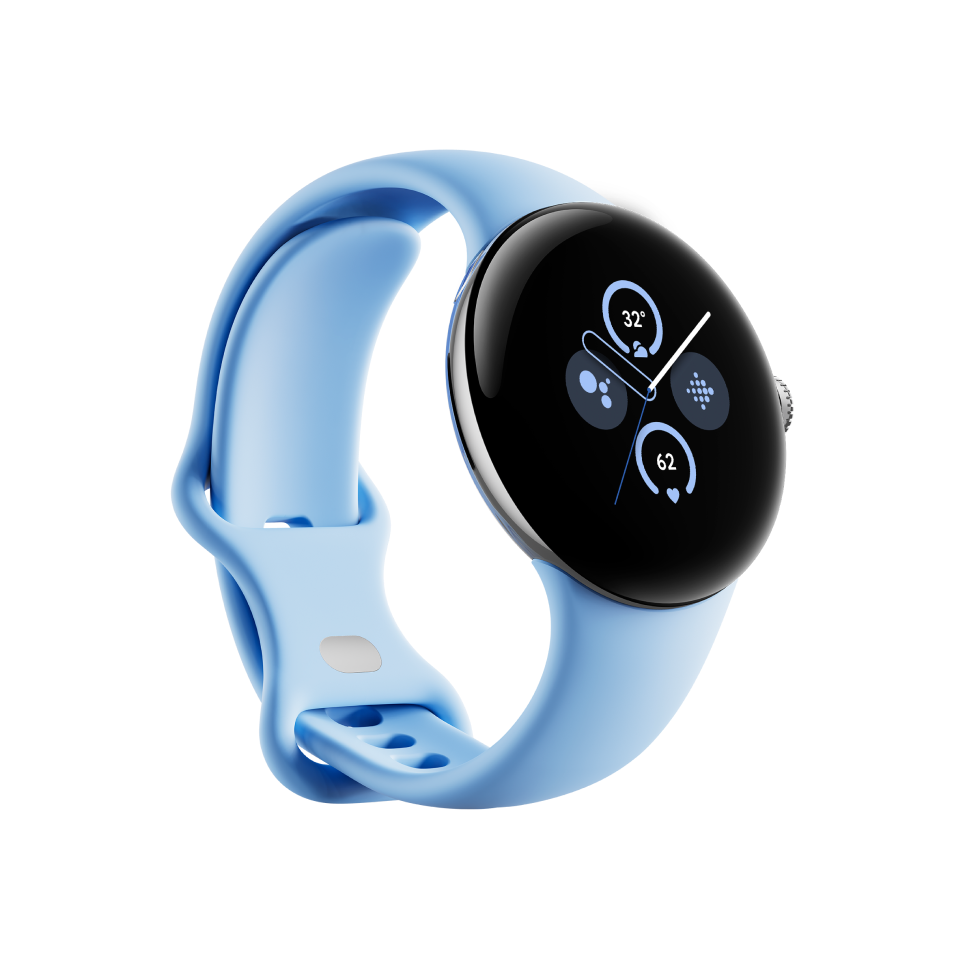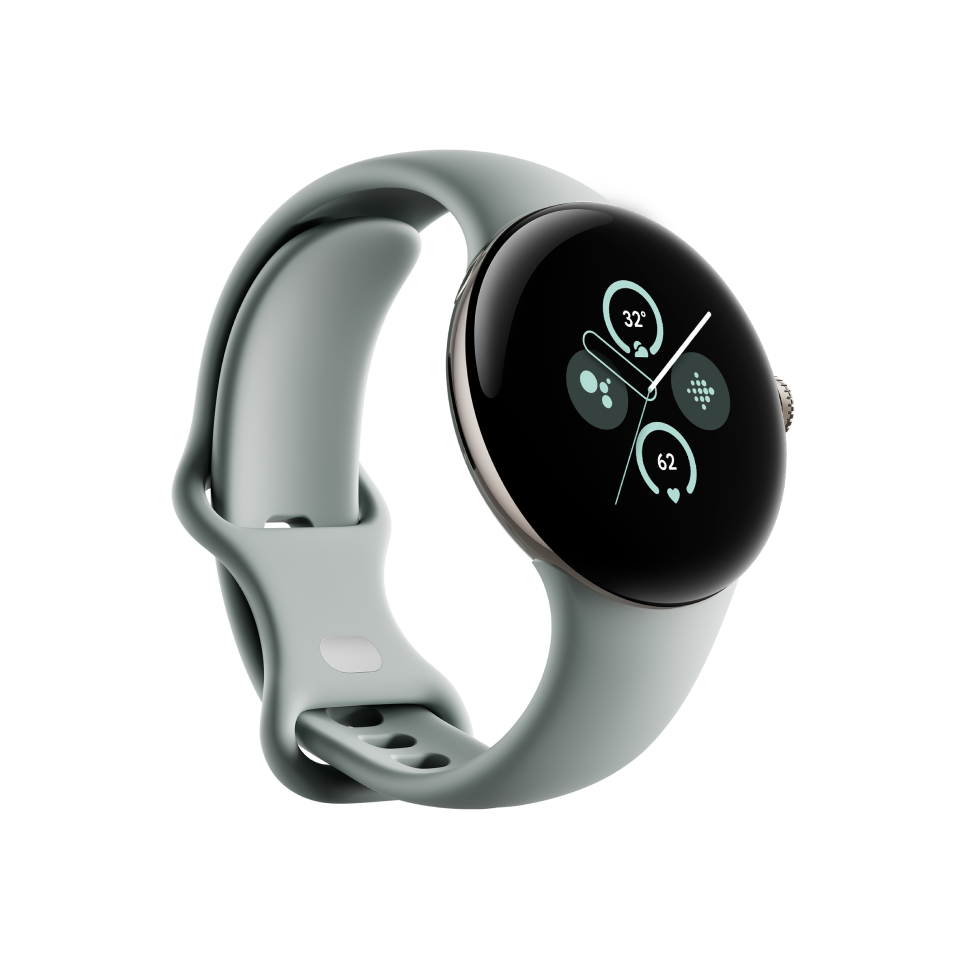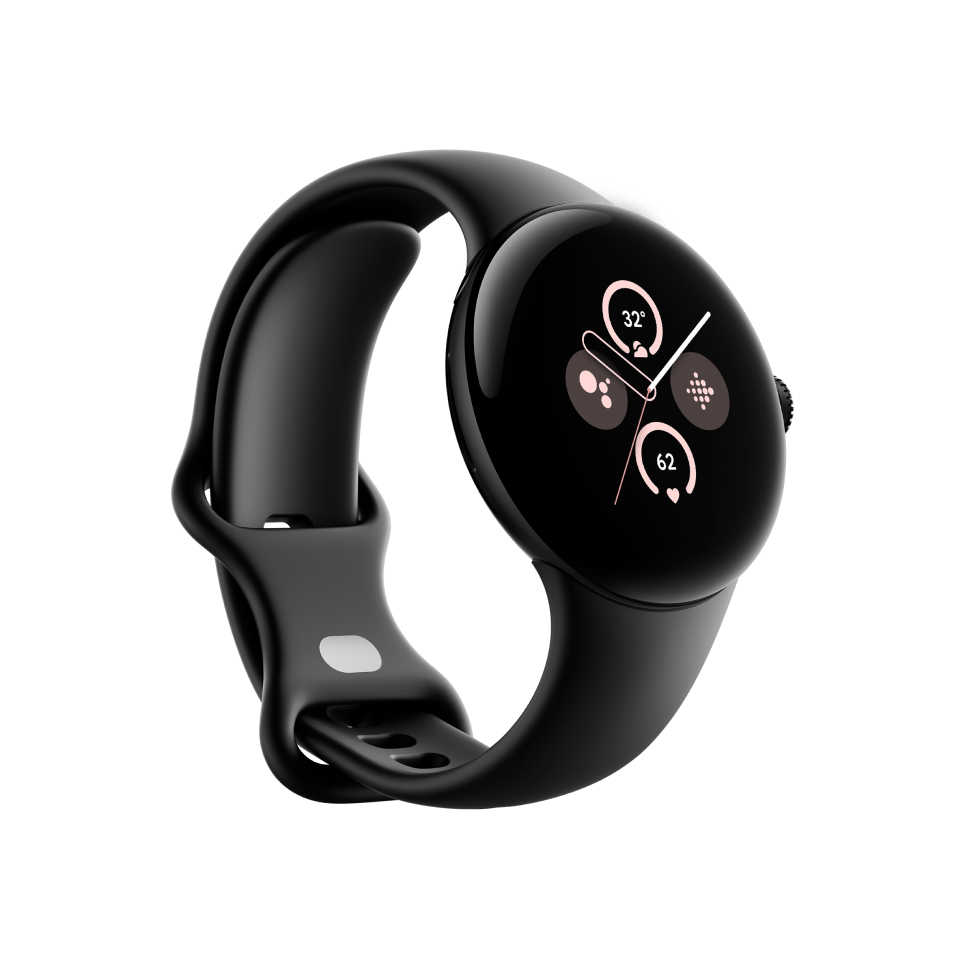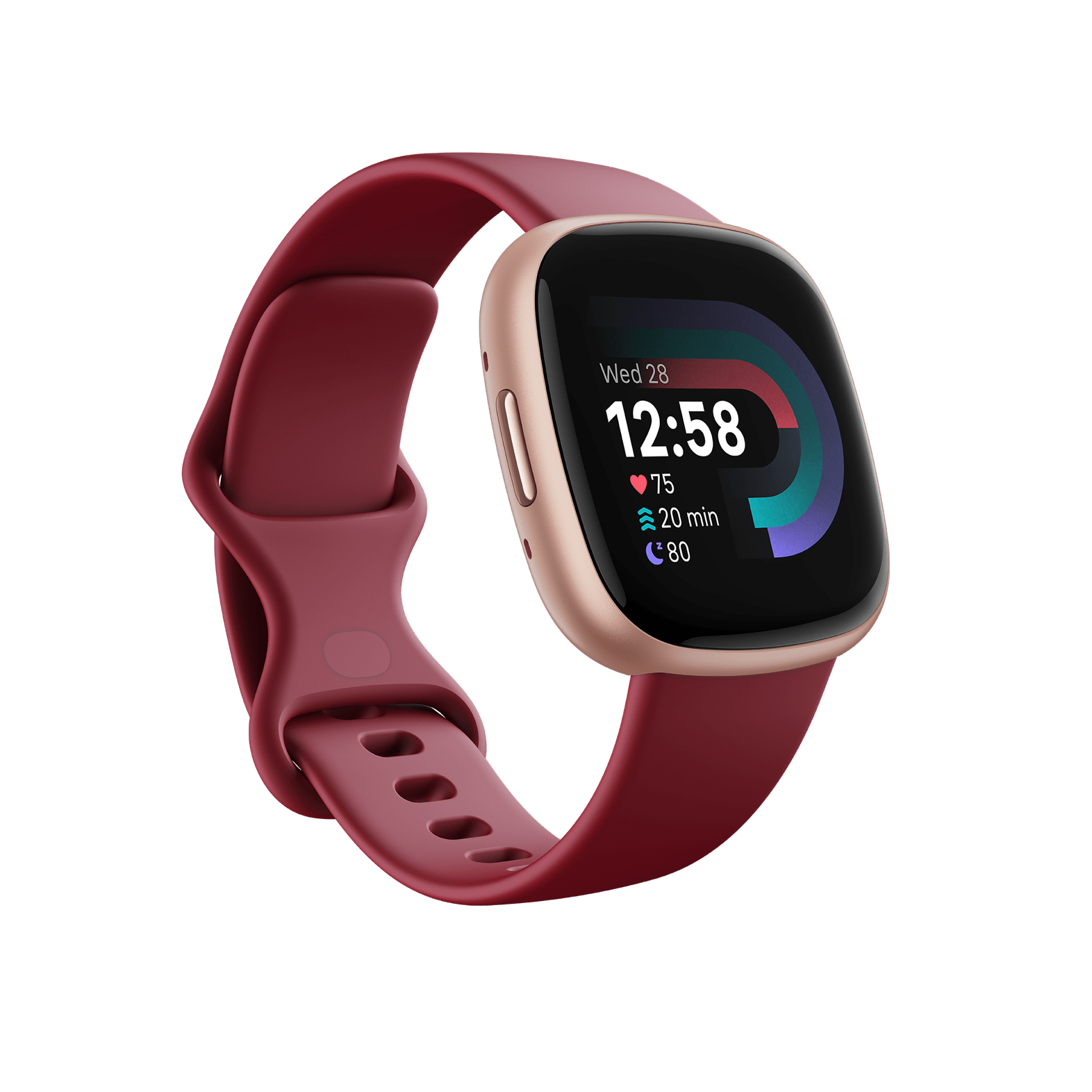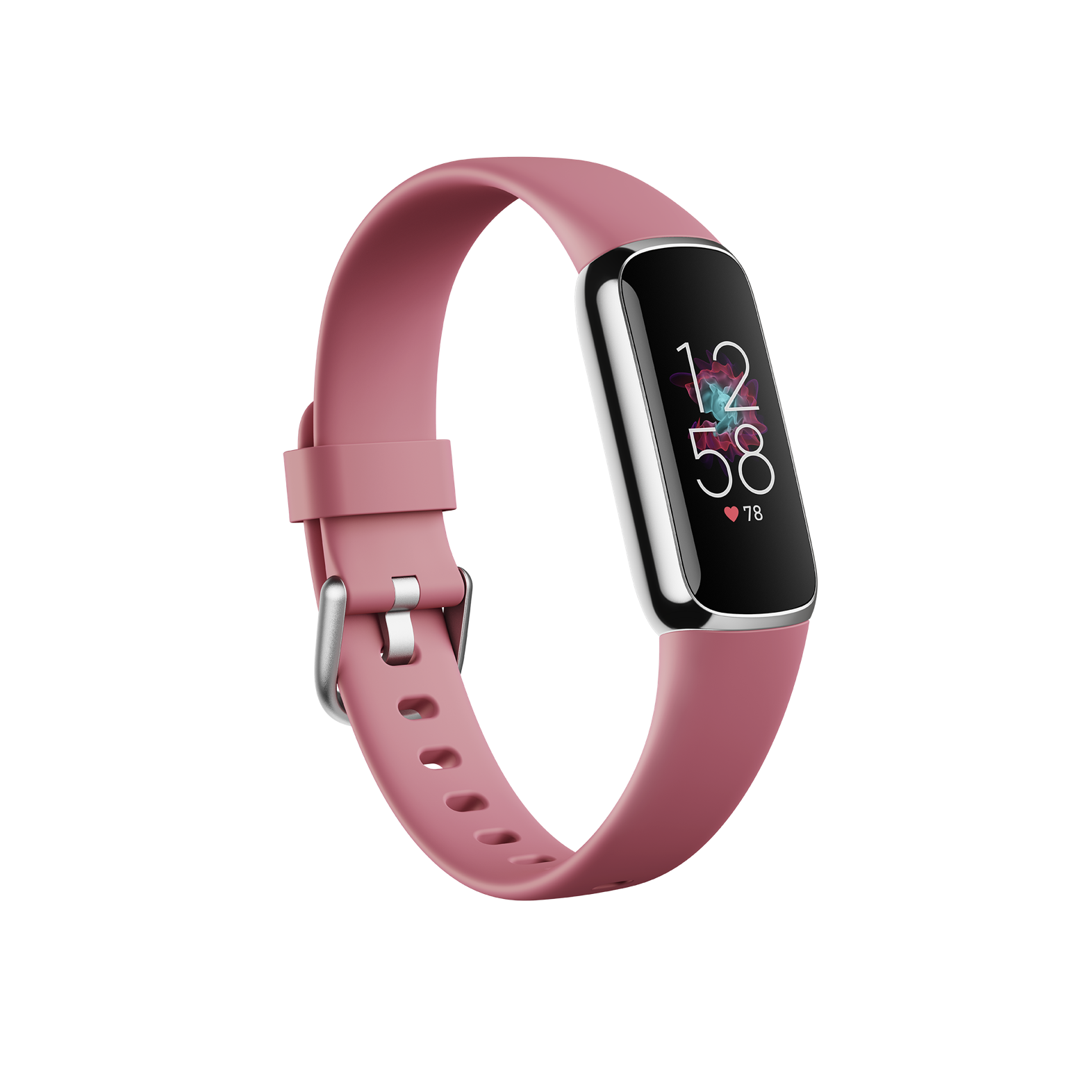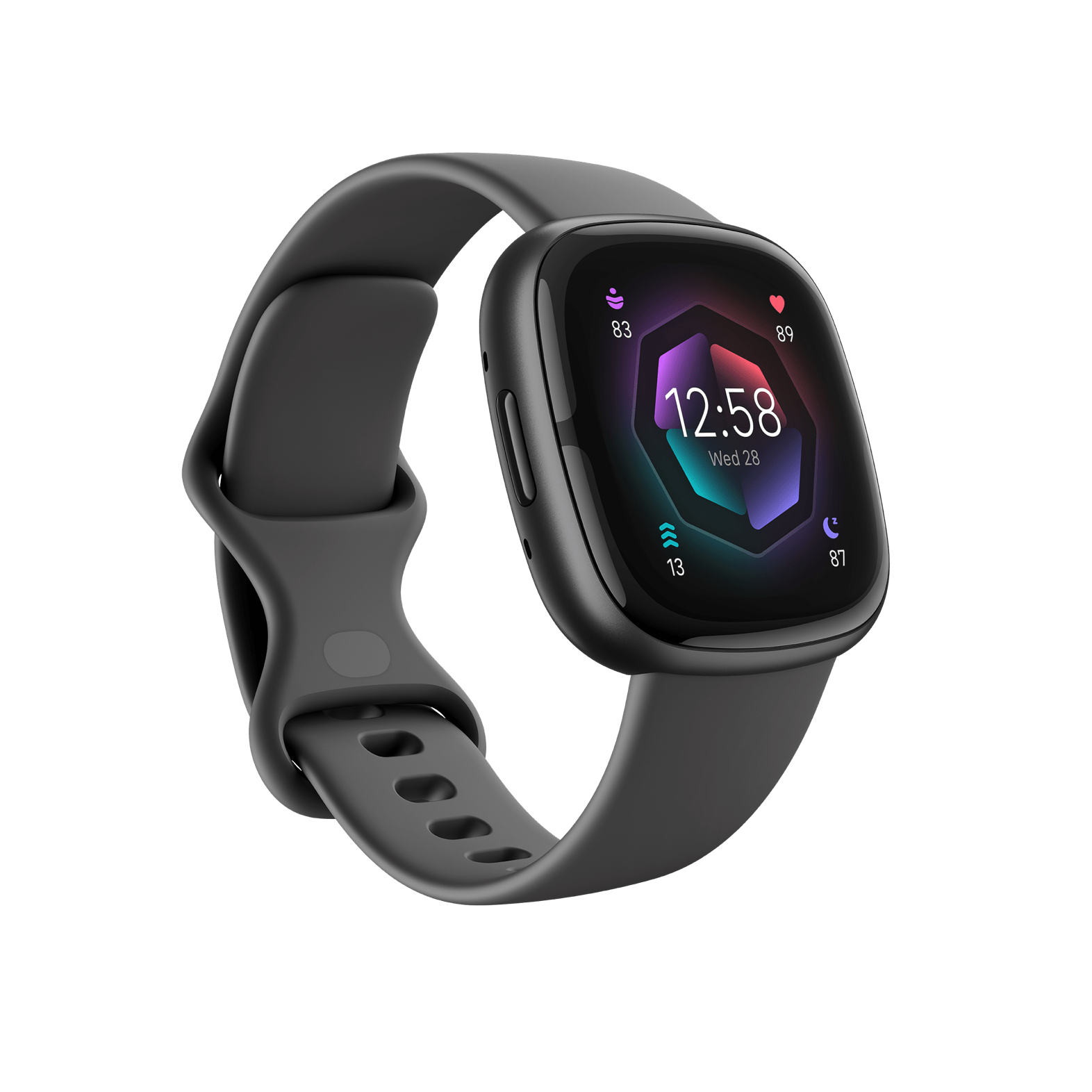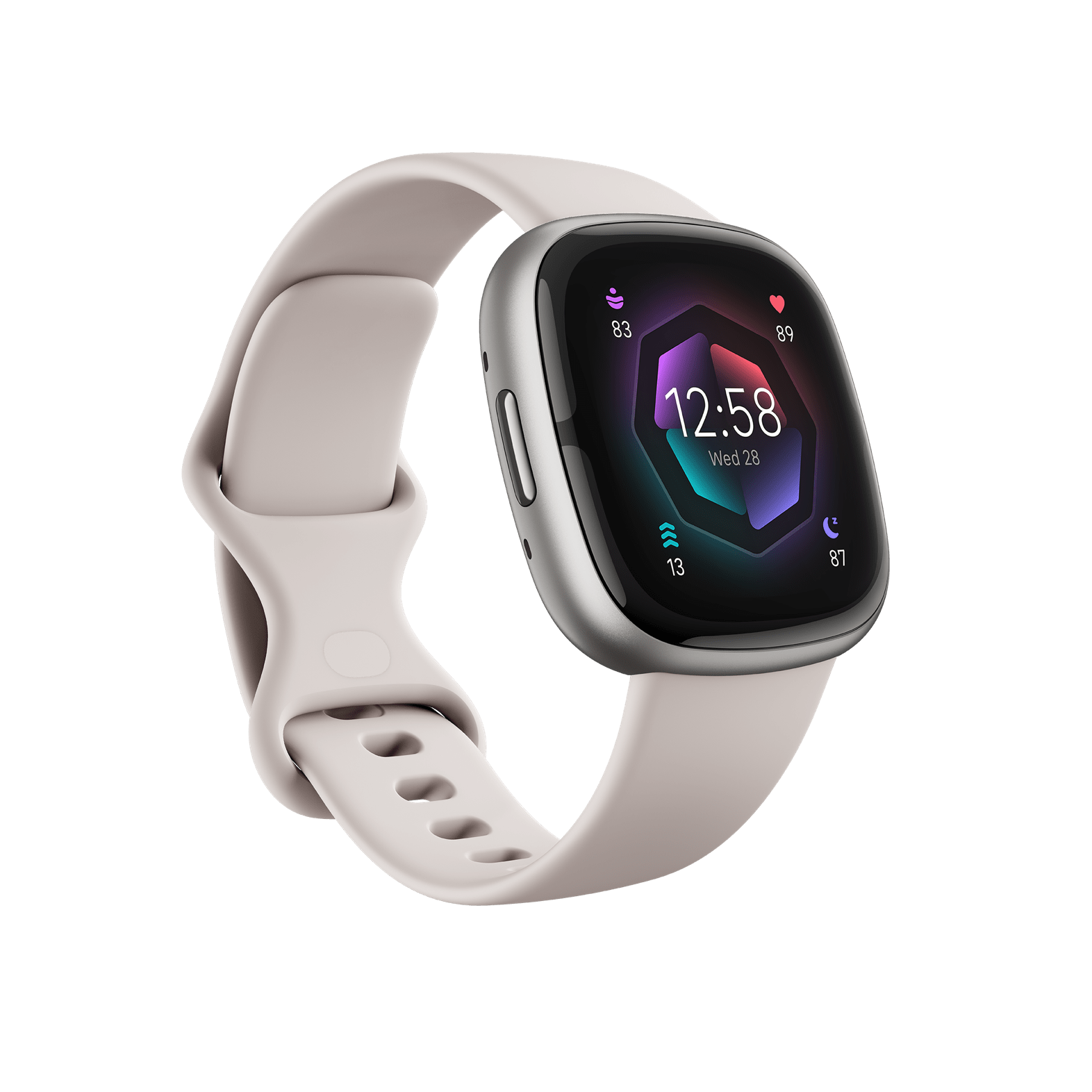The new Fitbit app: it's all about you.
Designed to keep you close to your goals, boost your motivation and show your progress on your health and fitness journey.
Level up your fitness routine
Access a full library of workouts led by Fitbit’s expert trainers. Use your Daily Readiness Score to optimize your routine.
Power your population health programs with Fitbit Care
Did you know? Fitbit is now part of Google.
*Save $40 on Fitbit Ace 3
Save $20 on Fitbit Charge 6
Save $50 on Fitbit Sense 2
Save $50 on Fitbit Versa 4
Save $80 on gorjana for Luxe Special Edition
Save up to 50% on select accessories
Starts April 26, 2024 at 12 am PDT and ends May 12, 2024 at 11:59 pm PDT, while supplies last and subject to availability. US residents only. Offer cannot be combined with any promotional codes, or with other bundle offers running at the same time. It’s non-transferable, and it isn’t valid for cash or a cash equivalent. Purchase must be made on Google Store US. Void where prohibited.

